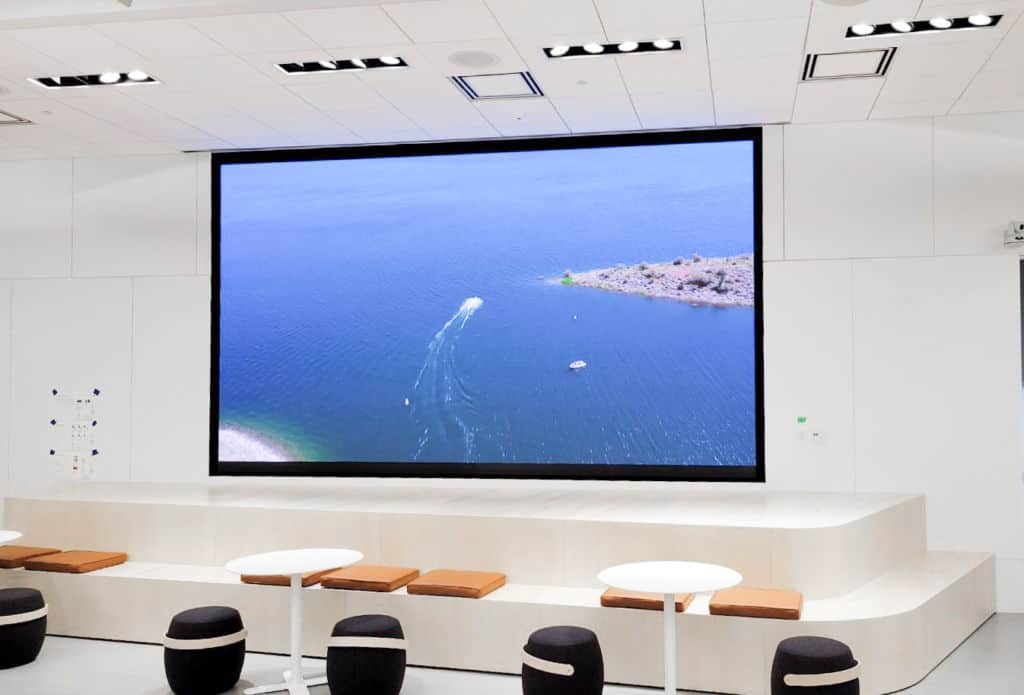
Traditional screen technologies, like CRTs, have been present for many years. They were frequently used in televisions and PC screens. However, CRTs have a shorter duration, typically lasting around 10,000 to 20,000 hrs of operation. This means that after a couple years, users may notice a deterioration in image quality, such as fading or hue distortion. In comparison, LED panel panels can last significantly longer, frequently exceeding 50,000 hours. This prolonged lifespan means that consumers can enjoy consistent functionality without the need for frequent replacements.
Another crucial factor to consider is power conservation. LED wall panels utilize less power than conventional displays, which not only helps the ecosystem but also reduces electricity costs. For instance, while a CRT monitor may consume approximately 100 watts of energy, an LED panel can consume as few as 30 to 50 watts. This discrepancy in power consumption adds to the total durability of LED innovation, as reduced energy consumption generates minimal heat. Excess heat can damage electrical components, resulting to a shorter lifespan for conventional displays.
In addition to their extended lifespan and power efficiency, LED wall panels also offer enhanced image clarity. They offer more vivid colors and better differentiation, making them perfect for various applications, from marketing to learning displays. The technology behind LED panels allows for a wider viewing perspective, meaning that images their explanation stay clear and vibrant even when viewed from the flank. This is a major advantage over traditional displays, which frequently experience from color distortion and reduced luminosity at broader perspectives.
In conclusion, the longevity of LED wall screens in contrast to conventional display methods is a crucial aspect for buyers to consider. With durations that can surpass 50,000 hrs, energy efficiency, and superior image clarity, LED innovation provides many advantages. As technology continues to advance, LED panel screens are likely to turn even more common in multiple environments. Understanding these differences can help individuals and entities make improved decisions when purchasing in screen innovation, ensuring they receive the best worth for their requirements.